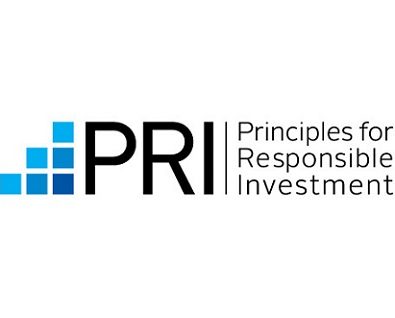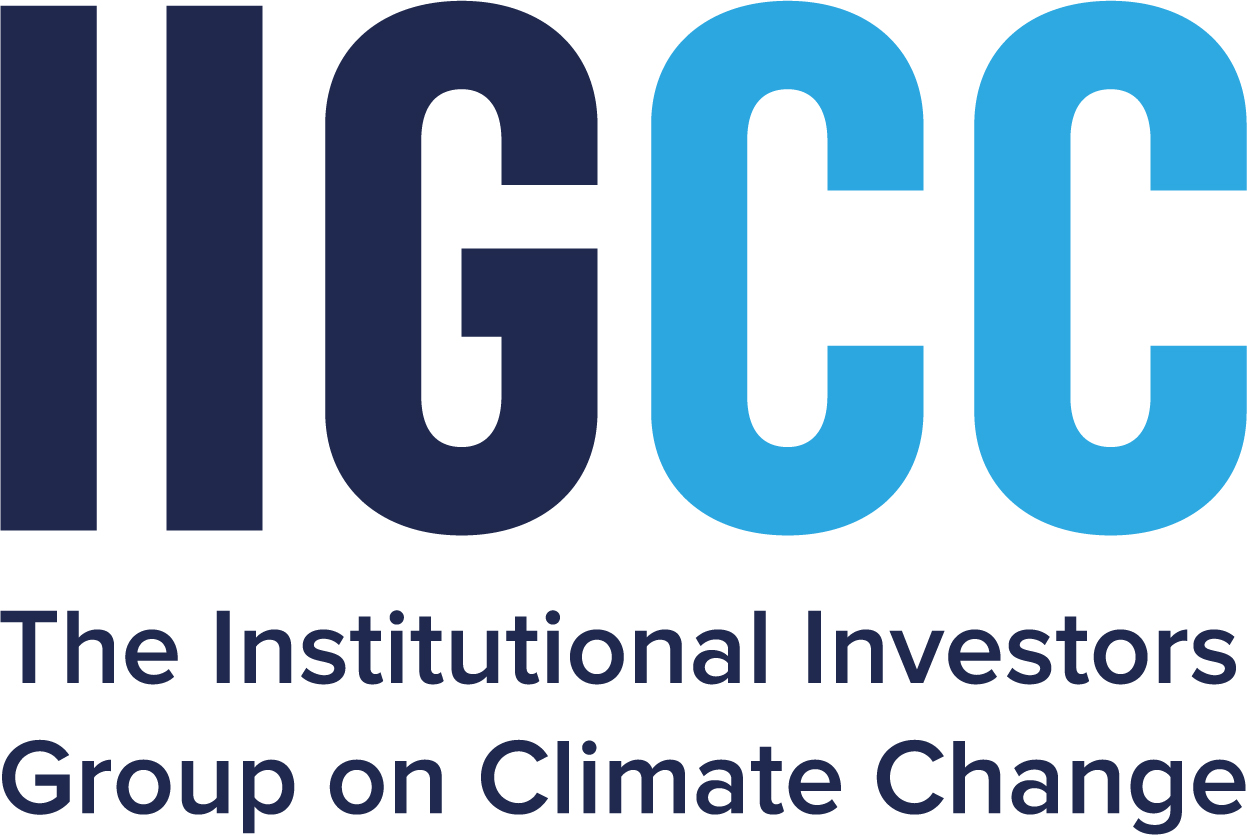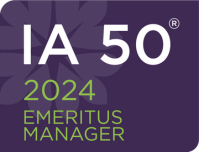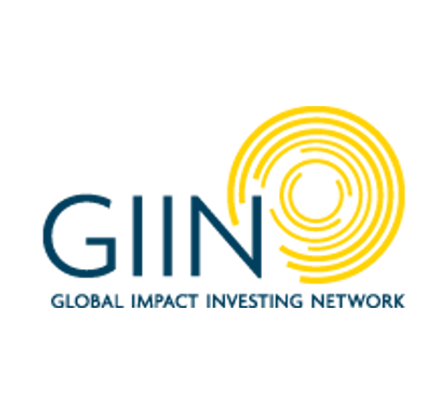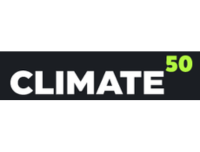The term “unicorn” was coined by Aileen Lee of Cowboy Ventures to describe private companies that have achieved a post-money valuation of $1 billion or more. Originally, these companies were scarce, magical and elusive. As of August 31, 2016, according the CrunchBase Unicorn Leaderboards, there are now 191 unicorns.
In my impact investing practice at ImpactAssets and in the graduate class I teach at USC’s Marshall School of Business, I have adapted the phrase. I describe an “impact unicorn” as a company that is positioned to achieve a market rate of financial return AND high levels of impact. Population growth, income inequality, climate change and other social and environmental factors are shaping our world. The private sector has a major role to play (and returns to make) in ameliorating these intractable challenges by investing in ventures that are consistent with our values. Indeed, impact unicorns achieve strong financial returns because of, not in spite of, their impact theses.
The impact investing field has often used the Monitor Institute framework of “impact first” and “financial first” to categorize the investment orientation of companies and funds. While a bit reductive, this framework has persisted since its introduction in 2009. According to it, investments that seek to maximize impact with a financial floor are called “impact first.” Those that seek to maximize financial impact with an impact floor are deemed “financial first.” Implied by this framework is a tradeoff between financial and impact returns. Recent studies from Cambridge Associates, GIIN and the Wharton School of Business indicate that impact-focused venture capital investments can achieve market rate returns. But, what about the measurement of their impact returns? Can investors have their cake (financial returns) and eat it, too (impact returns)?
Let’s take a look at this framework and determine where Impact Unicorns may fit in a 2×2 matrix. Impact first and financial first as described above are in the upper left and lower right quadrants, respectively, implying a tradeoff. In the lower left quadrant, we have deals with suboptimal financial and impact returns—an investor wouldn’t make these types of investments. In the upper right quadrant, we have those investments that achieve risk-adjusted rates of financial returns and strong social and environmental impact. These are the so-called “Impact Unicorns.”
Over the last five years, as Chief Investment Officer of ImpactAssets, I have had the opportunity to see the impact investing field grow substantially. Many investment funds and impact ventures over time have delivered a very strong combination of financial and impact returns. In building a private debt and equity platform for ImpactAssets, we have largely, but not exclusively, added funds that invest in impact unicorns. These include funds from firms such as Better Ventures, Core Innovation Capital, Elevar Equity, MicroVest and Sarona. To bring the impact unicorn to life, let’s explore some examples.
Elevar Equity, from their second venture capital fund, invested in Varthana, an affordable private school finance company in India. Only 260 million of the 400 million school-aged children in India are enrolled in school. Neighborhood private schools are cropping up, but they need growth capital to scale–this is the gap filled by Varthana. Today, Varthana has improved over 400 schools, impacting over 200,000 students, exemplifying Elevar’s approach to “human centric venture capital.” While there hasn’t been a realized exit to date, the company has received further financing rounds at increased valuations.
An impact unicorn that has already seen an exit is NexTracker. This company, a DBL Partners venture investee, makes solar tracker systems, serving clients in Asia, Europe, and North and South America. NexTracker sold to Flextronix for $330 million just 21 months after the company’s founding and DBL’s investment. To date, the company has created 4.8GW of solar energy through its projects, offset 1,226,121 tons of CO2 emissions, powered 920,629 homes and planted 2,465,756 trees.(1)
To read Fran Seegull’s complete SOCAP post, visit SOCAP.





